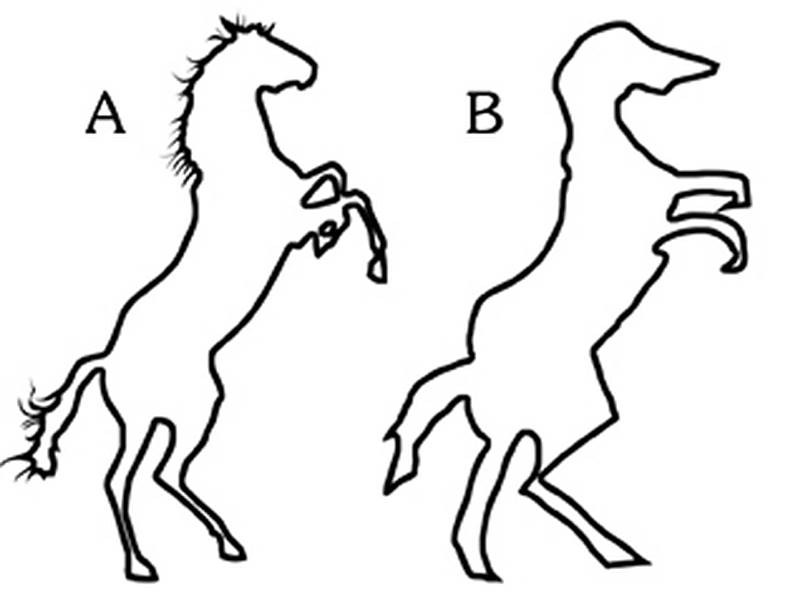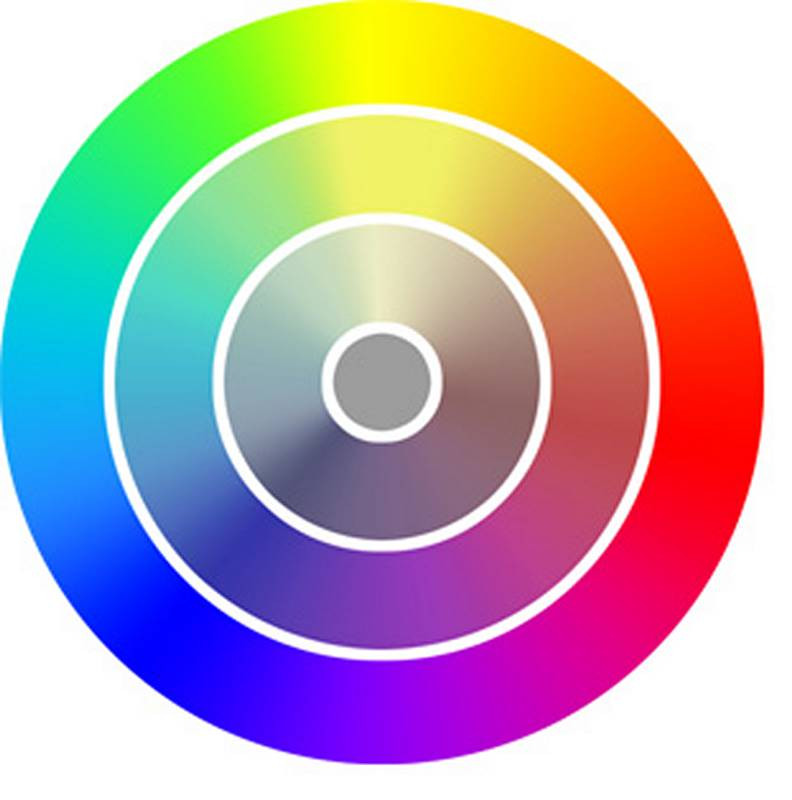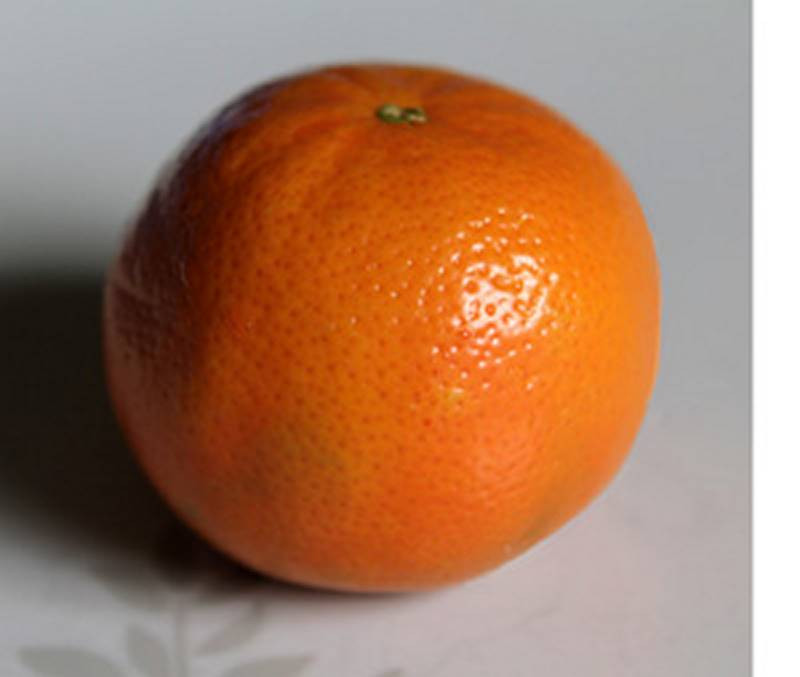Figure Drawing Fundamentals
This episode is a really important one. I’m going to introduce to you guys the basic elements that make up any picture.
We see everything around us in 3d. Then we try to draw a 3d world on a 2 dimensional surface. Of course drawing an actual 3d world is impossible on paper. We have to learn to create the Illusion of depth. Any picture can be broken down into 4 elements to create that illusion of form. It’s like the periodic table of elements for artists. And luckily for us, it’s a much smaller table.
We can use these elements to show form and depth if we are realists or representational artists, but it’s not limited to just showing form. picture, anything you can see can be broken down into these elements. An abstract watercolor painting, a realistic portrait drawing, a photograph of a sunset, anything that you can see can be described with Shape, Edge, Value, and Color. I would even argue that there are only 3 major elements. Shape, edge, and color. Because value is just a sub-element of color. But value is so important that artists have separated it as its own thing. Also, when we’re drawing, we’re usually drawing in black and white. And in a black and white drawing value is the only visible part of the color. So, we put aside the concept of color, and just say value. When we start painting, we introduce the other two sub-elements of color - hue and chroma.
Let’s go over these elements one by one, starting with Shape.
Shape
Shape is a concept that’s familiar to most of us. It’s the elements we use to draw as kids. It’s the area that something takes up. It’s the outline, or the contour of all the pieces in the drawing. But it’s not limited to just the outline of the big elements. The smaller parts also have specific shapes.
For the early stages of a drawing you want to develop your ability to simplify a shape. This is important so that you can focus on the composition and the breakdown of the big picture. Getting distracted by the smaller details too early, can hurt you in the long run. Working big to small is usually a good idea.



Color
Now let’s move on to color. I’ll go into more depth on color theory later, since it’s a very complex topic and deserves it’s own episode or even a whole series of episodes. Right now, I’ll just go over the basics.


Hue
Hue is what we typically refer to when we say color. Yellow, orange, red, blue, green - these are all hues. Your traditional color wheel is an arrangement of hues.. If you shine a light through a prism, it will break up the light and reveal the color spectrum. The same colors as the rainbow. And the same colors as the color wheel.
The terms warm and cool are used to describe the two sides of the color wheel if you cut it in half. The warm family shares orange as a common color and the cool family shares blue as a common color. Think of fire being warm and ice being cool.
Chroma
Chroma refers to how grey or how pure the color is. On one end are the high chroma colors that you'll see in the rainbow, and on the other end are the low chroma greys with a gradual transition.

Value
Value is how light or dark the color is. There is an infinite amount of values, but most artists like to think of a finite scale, zero to ten. It's more manageable that way and it makes it a lot easier to communicate. A teacher might say, make that shape one value darker. And you'll know roughly how much 1 value is.
Drawing with charcoal we don’t use color, since everything is grey scale. Or a better way to put that is, we don't use hue and chroma, the only element of color that we see is value. So, many artists have separated value as its own element and say its more important than the other elements of color. You can have a very beautiful drawing without using color - just grey-scale you don't need it to draw a representation of what you're looking at. You don't need it to show form and depth. I think it’s wise to practice drawing without color as a beginner, since that’s one less ball you have to juggle as you’re learning. Once you get the hang of values, then add the colors, and go wild.
But, I don’t want to make it seem like color isn't important. It is! Colors are beautiful and quite often its what will catch the eye of someone looking at your artwork. It could set off an emotional response to a piece of art, that a gray scale drawing can't do. But as the artist you must understand, that if you don't get the values right, the rest of the color won't look right. Focus on accuracy of values, and that will allow you to experiment and bend your colors
That's your color basics 101, maybe not even 101. More like 1-0-half...
Edge
Edge is the transition between two shapes. It doesn't have to be an edge of a volume. The shapes within the volume have edges too.
The types of edges range from sharp to extremely soft, with an infinite amount in between. But to simplify it we've come up with 4 types of edges: sharp, firm, soft, and lost.
- A sharp edge is a very sudden transition between 2 shapes. It’s sharp like a razor blade. There is no transition, its a sudden change.
- A firm edge is almost hard, but it has a very small gradation to it. Think of these as corners that have a bevel or rounded corner. On a figure you’ll typically see firm edges on tendons and joints.
- A soft edge is a very smooth transition between 2 shapes. You’ll see a longer gradation. Soft edges are like clouds or baby butts.
- A lost edge is one that is so soft, that you can't see it anymore. It’s frequently used in areas where the values of two forms are close together and a really soft edge would merge the two volumes together.
Putting it all together
Every time you're drawing or painting and you look at your reference, you need to have an intuitive checklist of elements to identify. What’s the shape, color, and edge? And within color, what's the value, hue, and chroma? To make this intuitive you have to train your brain by intentionally thinking about these things while you're analyzing the subject. Eventually you don't have to force it anymore, it becomes part of your observation process.

For example as you look at this clementine and you observe the shadow, you ask yourself:
- what is the shape? is it circular, rectangular, triangular etc. In this case, its a crescent if you simplify it.
- What is the value on a scale of 0-10? And more importantly what is the value in relationship to all the other values in the picture? The occlusion in the cast shadow, is the darkest part of the picture. If you want your picture to have the full range of values, from 0-10, you have to make it a value 0. The top part of the shadow on the clementine is about 1 value lighter than under the clementine The reflected light below is another 1 to 2 values lighter. Instead of the full value range of 0-10, you can choose to go for a narrower value range, say 3-7. The darkest part would be a 3 and the highlight would be a 7. And accommodate the other values to fit within that range. It’s the relationships between all the values in the picture that really matter.
- The next question is, what is the hue? Even though it’s an orange clementine, not all the colors on it are orange. I’m seeing a transition from orange on the light side, to a redder hue on the shadow side.
- What is the chroma? Ehh, it’s somewhere in the middle, probably a little closer to the high chroma side..
- And the edge is firm on the left side of the shadow and softer on the right (at the terminator).
The ability to see and properly identify all these elements is a skill, its a sense that you need to develop. At first you will struggle to see the subtleties , but just as a musician tunes her ears to hear notes and compose the notes into a symphony, you too can develop your ability to see these subtleties and view the world through an artist’s eye. As with most things, it’s about repetition through practice.











